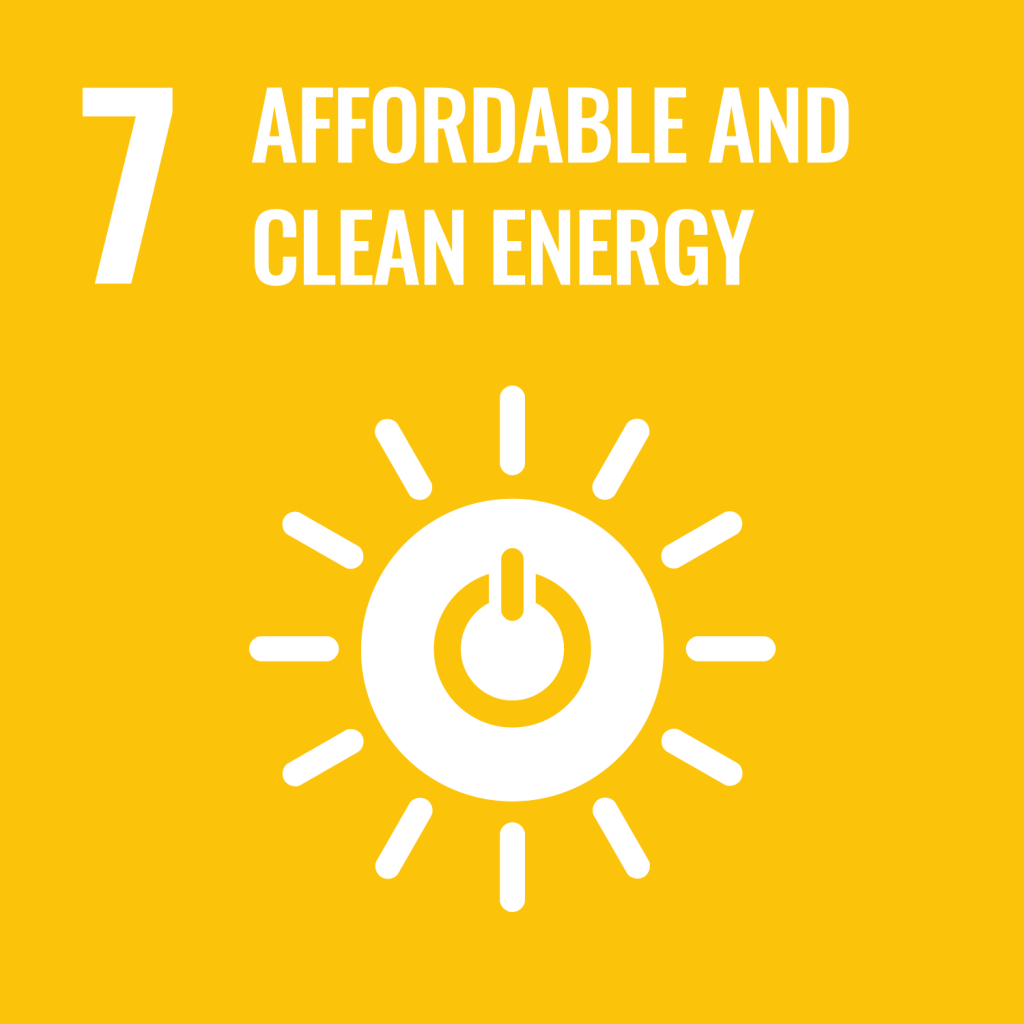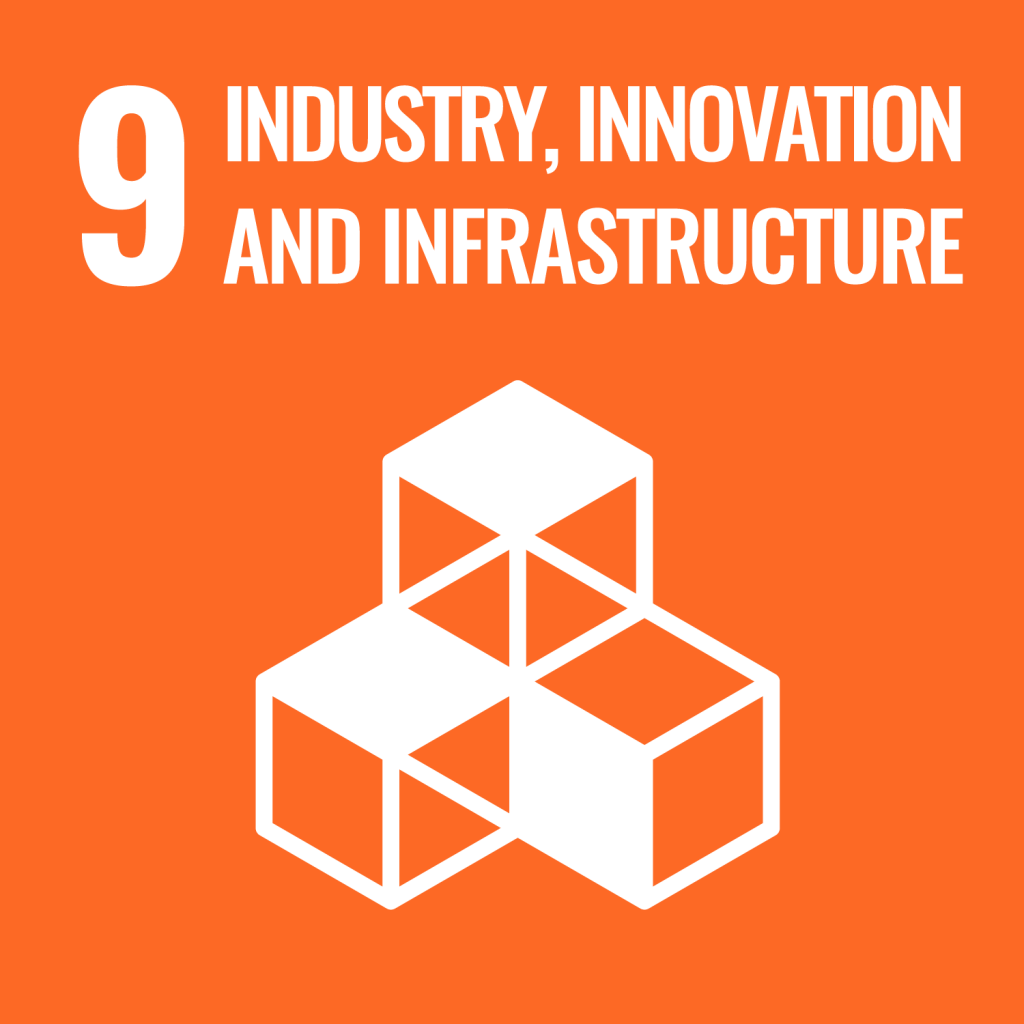ClarkeHopkinsClarke
Medium (49-500)
Service
Urban Design
Background
ClarkeHopkinsClarke is a commercial architecture practice dedicated to creating vibrant communities. Established in 1960, this energetic and thriving design partnership has developed extensive experience across diverse sectors, including multi-residential, commercial, education, healthcare, aged care, retail and mixed use. Having gone from strength to strength over 55 plus years of operation, ClarkeHopkinsClarke understands that the best design outcomes are born from the trust and rapport that they build within their team, with clients, collaborators, and the communities they affect through their work. ClarkeHopkinsClarke seeks solutions that better address the social, economic, and environmental pressures that are increasingly affecting the urban environment. They aim to work with their clients, collaborators, and affected communities to implement a more holistic approach to urban development that creates shared value for the private sector, the public sector, and communities alike.




Sustainability Story
ClarkeHopkinsClarke is an Architectural practice established in 1960. With offices in Melbourne and Sydney, they provide architecture, interior, and urban design services that span the education, health, senior living and care, mixed use, multi residential, and commercial sectors, for clients across Australia and internationally.
Their mission is to design to change the world, one project at a time. They use their expertise as architects, interior designers, and urban designers to build environments that meet communities’ needs today and seize opportunities to positively impact tomorrow.
Transforming Australia’s suburbs with high quality, affordable housing and density done well has been central to ClarkeHopkinsClarke’s mission from the outset, too. Their Multi-residential, Mixed use and Seniors Living and Care teams collaborate with ever more diverse, impact-minded developers and not-for-profits, including Women’s Housing Limited and Aboriginal Housing Victoria, on inventive typologies and placemaking with social, environmental, and financial sustainability at its heart.
ClarkeHopkinsClarke’s Urban Design team extends this ethos into city shaping. Its walkable, medium density, mixed use town centres have brought inner-city connectivity to suburbs, growth corridors and coastal towns. Since the 2015 publication of Creating Vibrant Communities, Partner Dean Landy’s book exploring the best Australian placemaking and his team’s own distinctive methodology, ClarkeHopkinsClarke’s urban design projects have grown exponentially in scope and social impact ambition.
In 2016, ClarkeHopkinsClarke joined the B Corp movement, making sure they set and meet ever-more-ambitious goals for themselves. As one of Australia’s first architectural B Corps, and one of the largest architectural B Corps in the world, they’re obliged to ensure every decision that they makes positive impacts. These positive impacts are not just on their bottom line or their client’s portfolios, but also on their workers, customers, suppliers, community and the environment.
ClarkeHopkinsClarke has been a carbon neutral practice since 2018. They advocate and assist their clients and collaborators to do the same. They are also active members of Architects Declare, the Australian Institute of Architects, the Association of Consulting Architects, the Design Institute of Australia, the Property Council of Australia, the Urban Development Institute of Australia, and the Design Futures Council.
As part of their CSR objectives, ClarkeHopkinsClarke also contributes approximately one percent of their profits every year toward supporting the One Heart Foundation and its endeavours to improve the lives of people across the world. Founded by ClarkeHopkinsClarke Partner Dean Landy, One Heart provides a home, education, healthcare, income, and most importantly, love, to orphaned and abandoned children in Kenya. Longstanding Partner Robert Goodliffe is an active and informed advocate for all for these organizations, and the driving force behind so many of their Corporate Responsibility initiatives. Over three decades, he has led the organization’s Senior Living and Care sector, contributed significantly to education, residential, and community infrastructure projects, managed their business growth and operations, and helped shape their culture, resilience and ethics.
ClarkeHopkinsClarke Practices
| Sustainable design practices and solutions | In-house sustainable operations |
|---|---|
| Benchmark their operations against the best industry standards and apply "passive house" principles, considered the most rigorous voluntary energy-based standard in the design and construction, using sustainable and energy-efficient fittings. | Carbon neutral operations by procuring gold standard carbon credits and e-water and waste management strategies to reduce landfill volume and pollution. |
Pathway Map
In-House Sustainability Operations
View the Pathway MapSustainable Design Practices and Solutions
View the Pathway MapEnabling Factors for Practices
| Internal to the organisation | External to the organisation |
|---|---|
| Staff members: Uptake of sustainability within the organisation and the contribution within the team has been a significant enabling factor. | Other firms in the industry: Collaboration for projects and advocacy initiatives with other organisations to contribute towards an revised industry standard. |
| Expertise and training: Having the right set of skills within the team has enabled the organisation to embed sustainability into its practices and projects. | Clients: Working with clients who share an inclination for sustainability has enabled the organisation to contribute towards impactful outcomes. |
| Values-driven leadership: Leadership that has focused on addressing impact and holding true to the values of the organisation has been a key enabler. |
Arresting Factors for Practices
| Internal to the organization | External to the organization |
|---|---|
| Time: Time to carry out intricate and nuanced research to implement sustainability practices in large projects can at times be restrictive. | The limited availability of ready solutions for projects and within the industry has been a challenge in the past. |
| Regulatory: Challenging to meet all sustainability criteria for certain projects due to the nature of the building or site. In some cases, trade-offs between addressing building codes and sustainability standards. | |
| Financial Resources: 1) Being able to meet impactful outcomes whilst managing both budget and client requirements; 2) sustainable alternatives to existing products used in building projects can be costly; 3) the cost of implementing sustainability practices in the daily operations of the business. |

